×
SparkFun will be closed on Tuesday, December 24th, and Wednesday, December 25th, in observance of the Christmas holiday. Any orders qualifying for same day shipping placed after 2:00 p.m. (MST) on Monday, December 23rd, will be processed on Thursday, December 26th, when we return to regular business hours. Wishing you a safe and happy holiday from all of us at SparkFun!
Please note - we will not be available for Local Pick up orders from December 24th-December 27th. If you place an order for Local Pick-Up we will have those ready on Monday, December 30th.
Everyone's talking about machine learning these days, even us. We've now covered the basics of what ML is and its history, but we wanted to take some time to show how people just like you are using ML in their every day lives. It can seem like a big, scary science that only huge corporations with lots of computing power can handle, but that couldn't be further from the truth.
Users of embedded electronics everywhere are using ML to enhance the functionality of their work and take on solving more complex problems. Incorporating machine learning this way requires careful consideration of resource constraints, power efficiency, and model size. Optimizing ML algorithms for embedded systems and using specialized hardware are common strategies to ensure efficient operation within these limitations. As machine learning techniques continue to advance, we can expect even more applications of ML at a smaller scale!
Here are just some of the ways ML is being used in our field, along with examples:
Sensor Data Processing
Machine learning algorithms can process data from various sensors, such as accelerometers, gyroscopes, cameras, and microphones, to extract meaningful information. For example, ML can be used to recognize gestures, speech, or image patterns, allowing for more intuitive human-machine interaction and increased application opportunity.
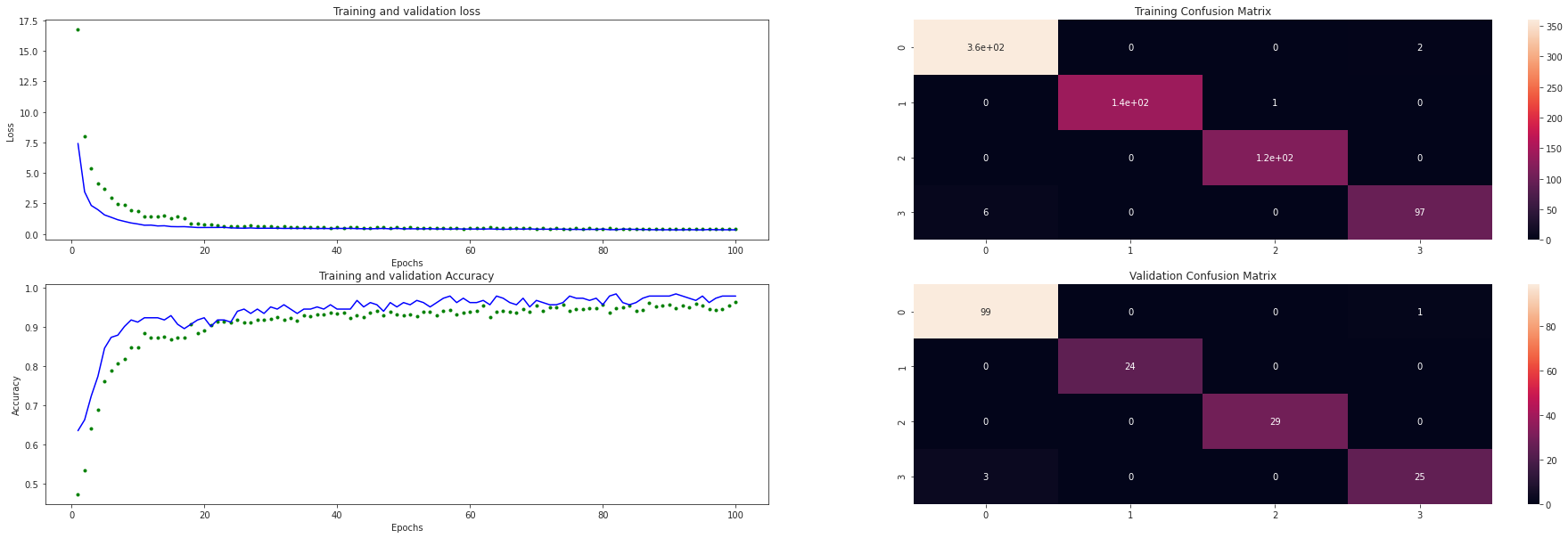
Anomaly Detection
Embedded systems can use ML algorithms to detect anomalies or deviations from expected behavior in real-time sensor data. This is valuable for fault detection, event monitoring, and security applications.

Predictive Maintenance
ML models can analyze data from sensors and predict when a piece of equipment or a system is likely to fail. This helps in scheduling maintenance tasks efficiently, reducing downtime, and saving costs.
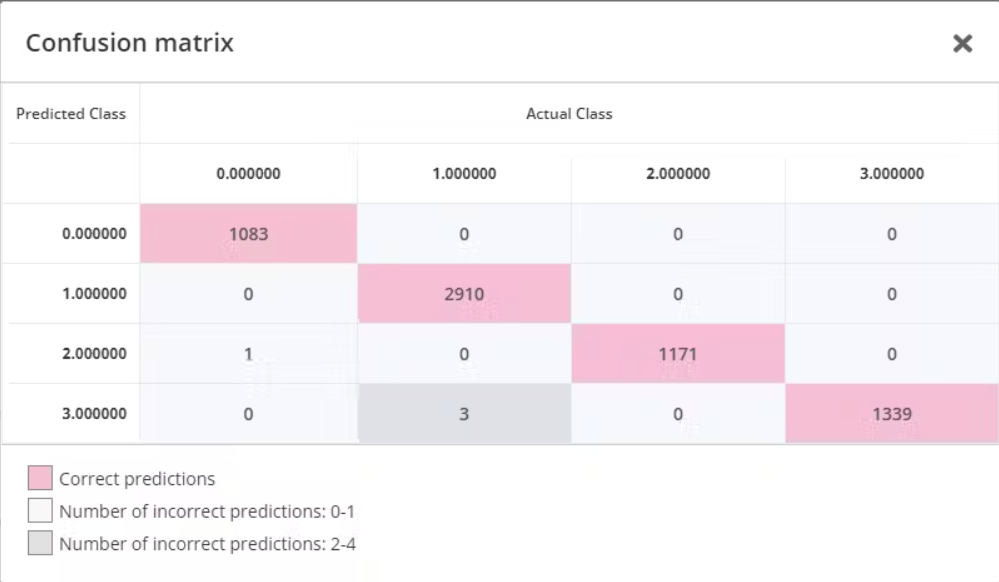
Natural Language Processing (NLP)
In applications involving human-machine interaction, such as chatbots or voice assistants, ML-powered NLP models can process and respond to natural language queries and commands.
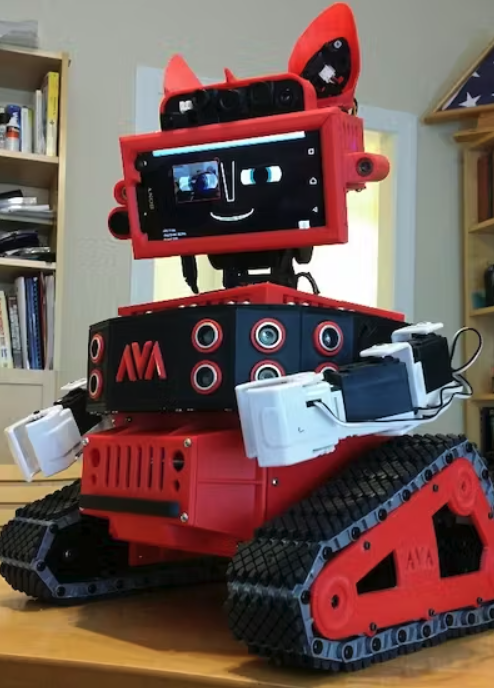
Computer Vision
Embedded devices with cameras can use machine learning for tasks like object detection, face recognition, and image classification. This is applied in applications ranging from security cameras to autonomous robots.
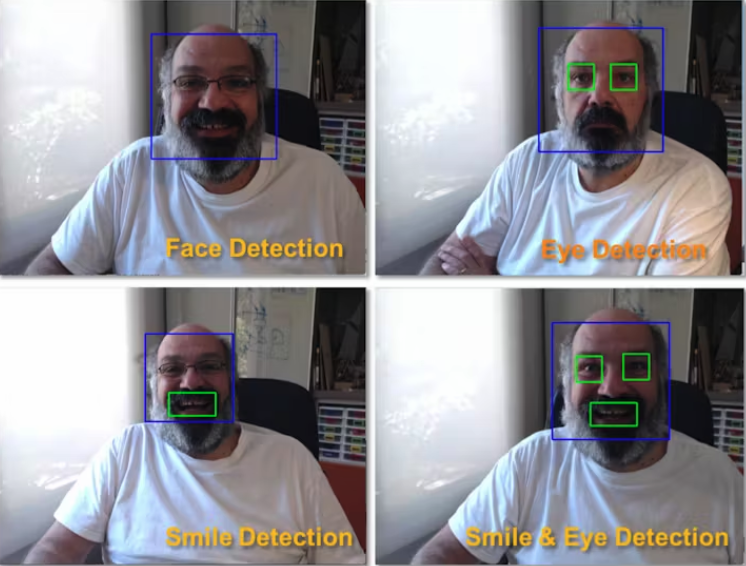
Energy Optimization
Machine learning can optimize the energy consumption of embedded systems by predicting usage patterns and adapting device settings accordingly. This is particularly important in battery-powered devices or when working with older or sensitive power systems.
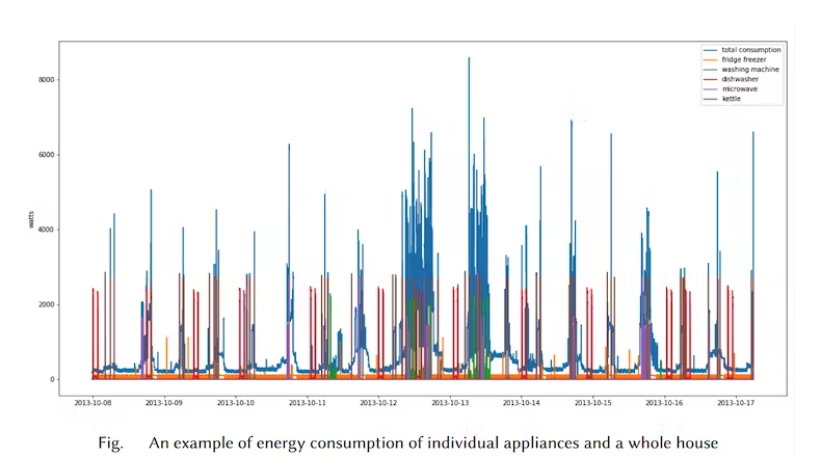
Autonomous Systems
Embedded ML can be used in autonomous vehicles, drones, and robotics to perceive and respond to the environment. ML models help in obstacle avoidance, path planning, and navigation.

Medical Devices
In healthcare, embedded ML is used for tasks like medical image analysis, patient monitoring, and disease prediction. ML can assist doctors in diagnosing conditions more accurately.

IoT Devices
Internet of Things (IoT) devices often use ML to analyze sensor data and make decisions locally. For example, smart thermostats can learn user preferences and optimize heating or cooling.

Security
Embedded ML can enhance security systems by identifying and alerting to unusual patterns or threats in real-time, improving the overall safety of connected devices and networks.
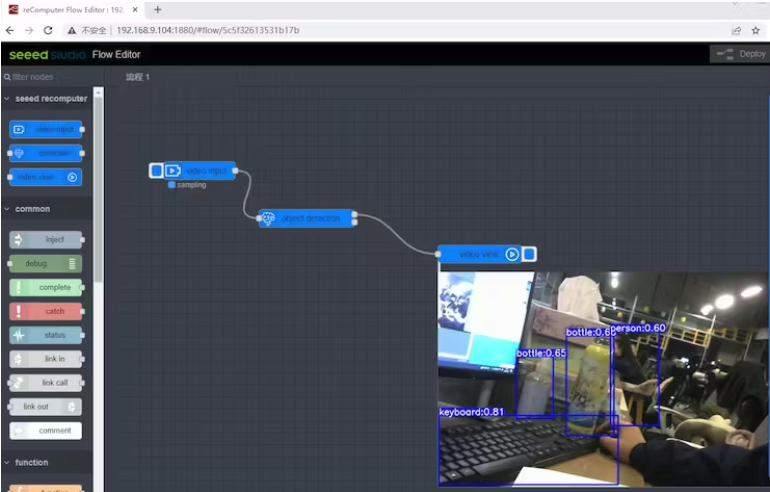
Further Resources
- Hackster's ML resource page
- NVIDIA's resources on ML or deep learning
- The Intersection of Machine Learning and Embedded Systems: A Comprehensive Overview
- Wevolver's 2023 Edge AI Technology Report
Working on something with TinyML? Inspired by one of the above projects? Tell us about it in the comments?






